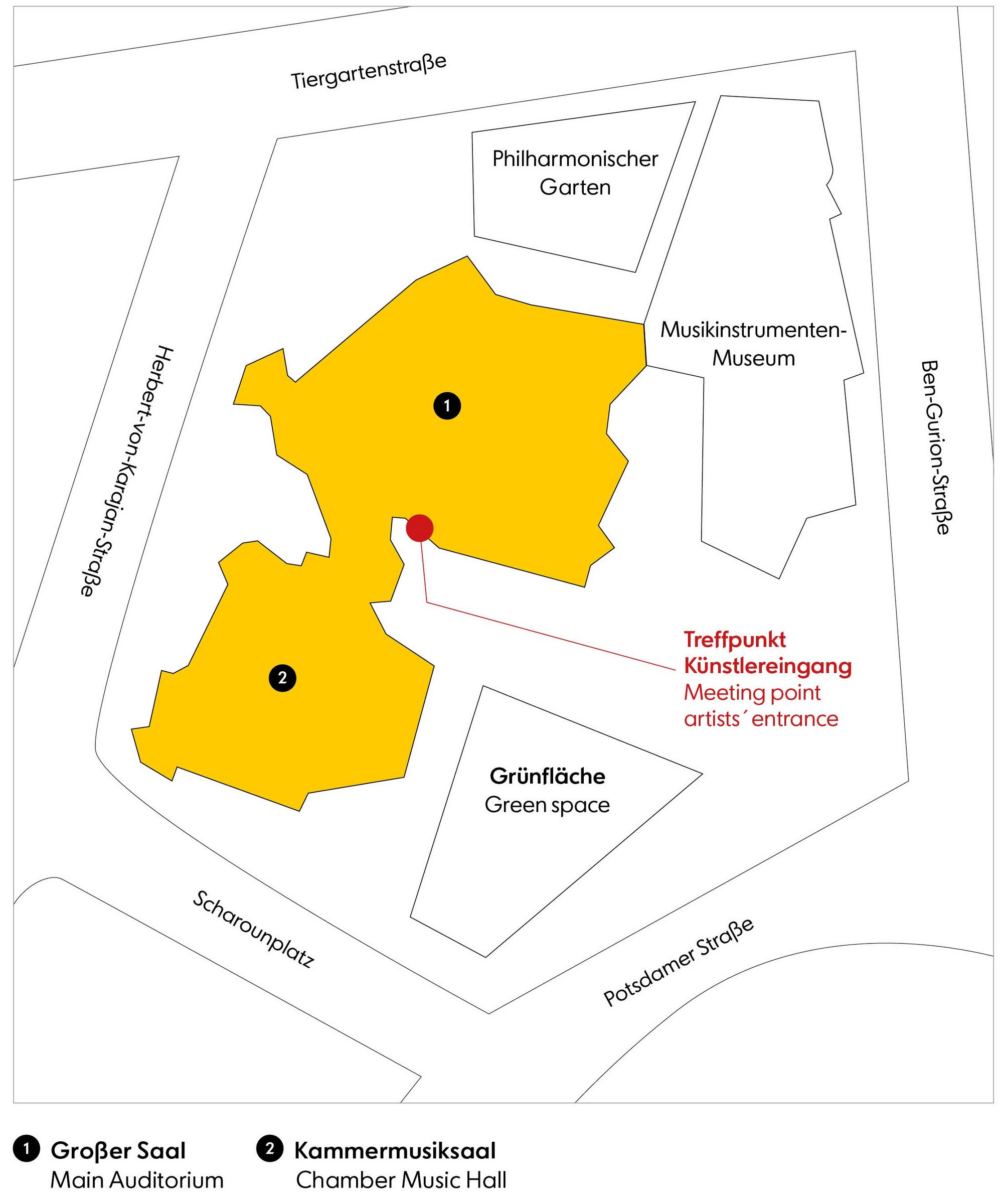
Floods, droughts, species extinction—human-made climate change is becoming increasingly noticeable. Under the title “Paradise lost? On the Threat to Nature”, the third Biennale of the Berliner Philharmoniker in February 2025 will address this global challenge. As a longstanding partner of the orchestra, Deutsche Bank will take the opportunity to present seven works from the “Sandstars” series by Mexican artist Gabriel Orozco in the Green Room of the Philharmonie.
The series was created in 2012 as a commissioned work for Gabriel Orozco’s exhibition “Asterisms” at the Deutsche Guggenheim in Berlin. The gridded photographs show flotsam that the artist discovered on the coast of Isla Arena, a Mexican nature reserve. The beach serves simultaneously as a mating area for whales, a whale cemetery, and an industrial wasteland. From the debris he found—including glass bottles, light bulbs, buoys, and oars—he created a large sculptural installation.
Orozco sorted the various objects according to material, color, and size, initially arranging them on the Mexican beach. The accompanying photographic works, later taken in the studio, systematically document these groups of objects. The result can be interpreted as a critique of civilization, a poetic topography, or as an archaeological approach to the material. Many objects are so weathered that they resemble shells or bones, blurring the line between organic and artificial. Orozco questions the boundaries between nature and civilization, suggesting a past humanity that can only be reconstructed through its legacies. At the same time, he reflects on systems of order and typologies—contexts through which we attempt to understand and interpret nature and the cosmos.
Gabriel Orozco (*1962) grew up in Mexico City. From an early age, he was interested in the muralism, photography, and political literature of the 1960s and 1970s. He studied art in Mexico City and Madrid. His multimedia work, which combines drawing, photography, sculpture, installation, and painting, has been featured in numerous international solo and group exhibitions. In 2009, the Museum of Modern Art in New York dedicated a retrospective to him, which was also shown at the Kunstmuseum Basel, the Centre Pompidou, Paris, and the Tate Modern, London. Orozco has participated
multiple times in the Venice Biennale (2017, 2005, 2003, 1993) and in documenta (2002, 1997). The commissioned work “Asterisms” was on view shown at the Guggenheim Museum, New York, after its premiere at the Deutsche Guggenheim, Berlin (2012). In January 2025, the artist was appointed Commander of the Order of Arts and Letters of the French Republic. Gabriel Orozco lives and works in Tokyo and Mexico City.
At a glance
Admission: Admission is free.
Duration: The guided tours last approx. 20 minutes.
Meeting point: Visitors with concert tickets will meet at the entrance to the Green Room in the foyer of the Main Auditorium shortly before the tour begins. Art-lovers without concert tickets will be picked up at 19:00 or 18:00 at the artists’ entrance – at the corner of the public entrance Potsdamer Straße – and will be escorted back outside after the tour.
Visit without a guided tour: In addition to the guided tour dates, you can visit the exhibition during concerts of the Berliner Philharmoniker (in the Main Auditorium). From one hour before the concert and during the interval, you will have free access with a valid concert ticket.

Dates of the guided tours
Sat 12 October 2024, 18:15
Thu 13 February 2025 and Fri 14 February 2025 19:15
Thu 20 February 2025 and Fri 21 February 2025 19:15
Thu 27 February 2025, 19:15 and Sat 1 March 2025, 18:15
Sat 07 June 2025 18:15